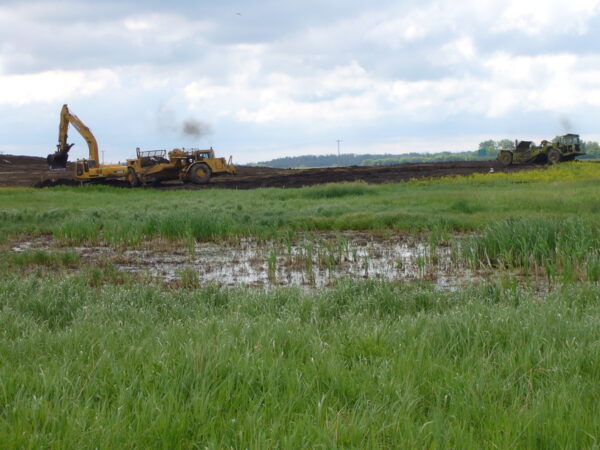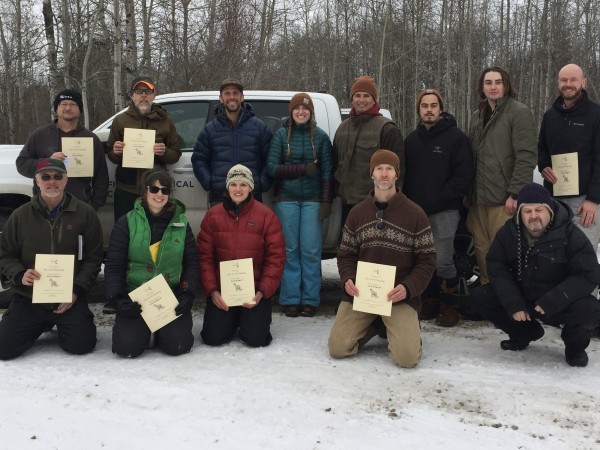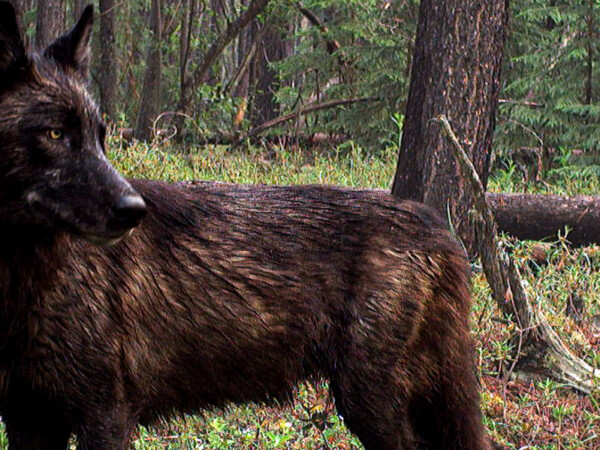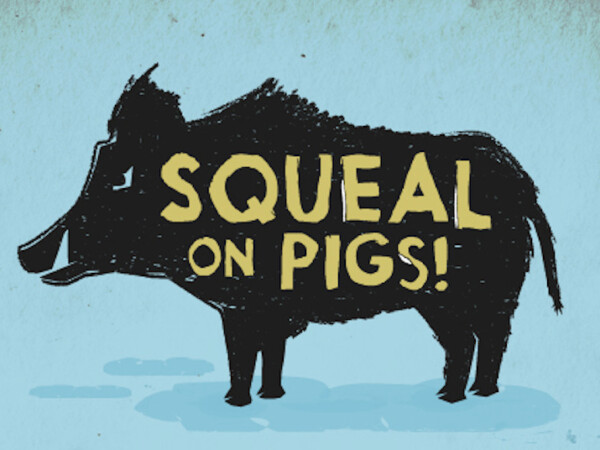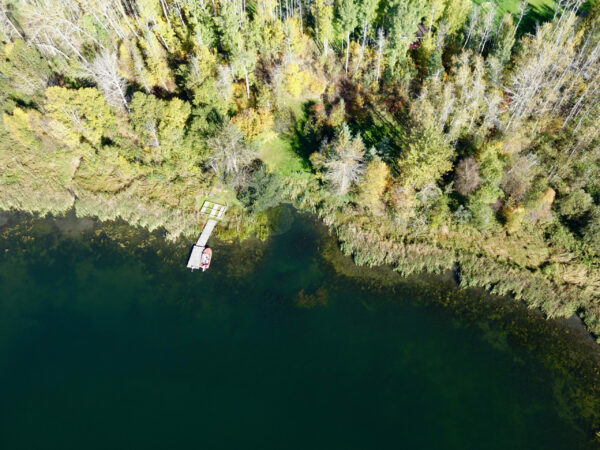If you’ve taken a stroll through Edmonton’s river valley, you’ve likely heard the rapid, scolding chatter of a defensive red squirrel (Tamiasciurus hudsonicus) warning you away from its territory. These feisty little mammals pack an impressive amount of sass into their small frames, but beneath that bravado lies a serious mission: safeguarding their vital food caches.
Food caching—the act of collecting and concealing food for later consumption—is essential for red squirrels, especially during the harsh winter months when resources dwindle. They rely on a carefully hidden stash of seeds, cones, nuts, and dried fungi, all accumulated throughout the warmer months. Caching behavior is common among many other squirrel and rodent species, and it generally falls into three categories: larder, scattered, and mixed hoarding. Red squirrels are larder hoarders, meaning they tend to have a primary cache where most of their food is stored. In contrast, scattered hoarders create numerous small caches spread throughout an area, while mixed hoarders combine elements of both approaches (Robin, 2022).

Red squirrels often choose the bases of conifer trees for the location of their caches, where the cool, damp soil conditions help preserve seed cones. A distinctive feature associated with the red squirrel’s cache is the midden; a pile of discarded cone scales that accumulate around the cache site. After feasting on cone seeds from the branches above, squirrels drop the remnants to the ground, creating a squirrel “garbage disposal”. The midden builds up in density and size over time, further protecting the goods within the cache. When a midden grows in size, it gains a very distinctive look, making it easy to identify. Red squirrels stay within a limited territory their whole lives, so their middens and caches can grow to impressive sizes. Their consistent cache location also allows them to store extra seed cones during mast years, which occur when a tree produces more seeds than it normally would.
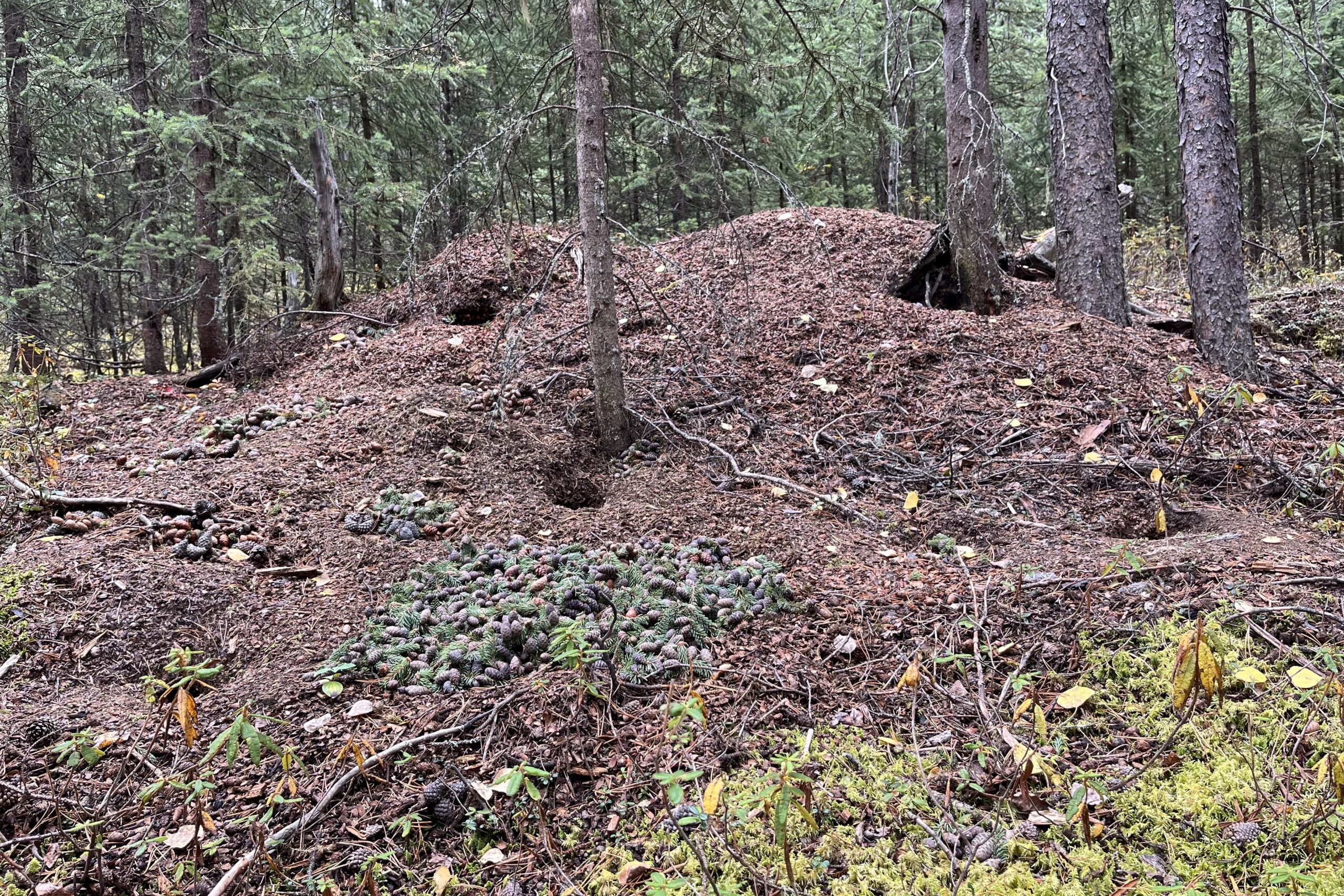
Red squirrels behave very defensively towards their caches, due to the constant risk of pilfering by other hoarding animals. They have to walk the delicate balance of gathering food, defending their cache, avoiding predators, as well as their own fair share of stealing from others. Red squirrels do not hold back when pilfering other caches, except in the case of familiarity with the owner of the cache. The dear enemy effect is a phenomena exhibited by red squirrels within their territories. Red squirrels who are less familiar with their neighbours are found to be more likely to invade other squirrels caches (Siracusa, 2017). Squirrel familiarity is developed over time as red squirrels remain in the same area long term, as they develop their cache and midden. However, if a red squirrel is related to a neighbour, they may be more likely to intrude in their territory (Siracusa 2017). Squirrels recognize their neighbours through their rattle calls and other territorial marking behaviours, and they develop a social circle through repeated interaction.
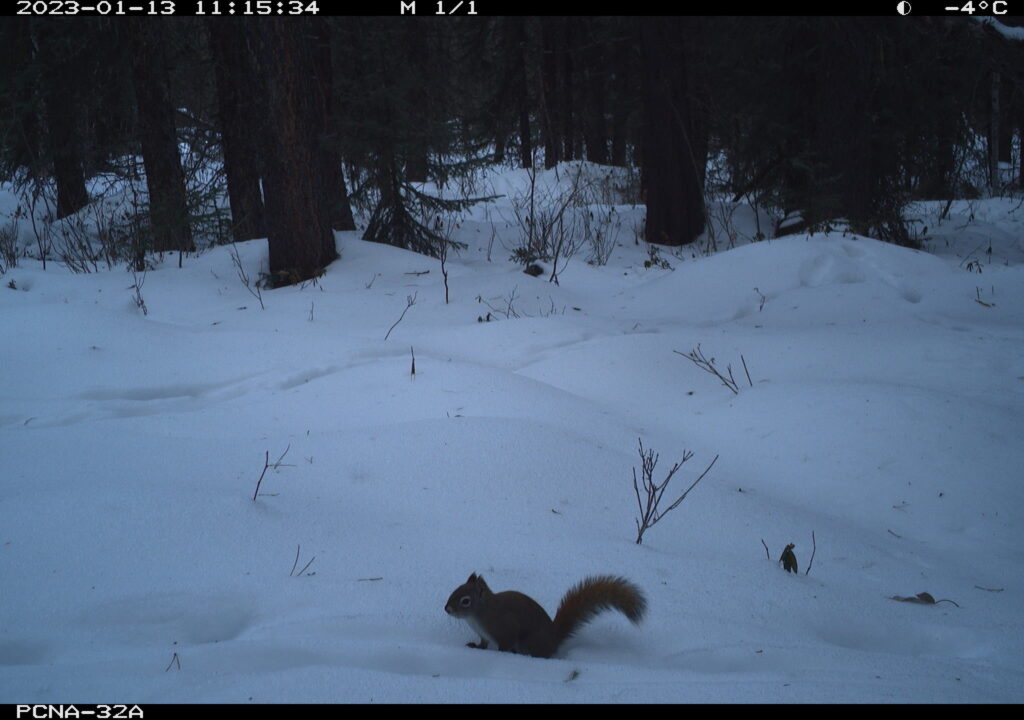
Ultimately, food caching strategies are a balance of risk and reward. Species which are scatter hoarders have the risk of forgetting or losing smaller caches, as well as the disadvantage of more time spent travelling between caches, but they have the advantage of having multiple back-up caches if one is lost or stolen from. Larder hoarders, such as red squirrels, are less likely to forget or lose their cache, but have less substantial food sources to rely on if something were to happen to their main cache. Each type of hoarder employs different tactics to mitigate these risks, and the social relations between different species also affect their hoarding tactics.
Why So Hangry? was researched and written by Bria Griffin.
References:
Robin Amanda N, Lucia F. Jacobs. 2022. The socioeconomics of food hoarding in wild squirrels. Current Opinion in Behavioural Sciences 45.The socioeconomics of food hoarding in wild squirrels – ScienceDirect
Siracusa Erin, Andrew G. McAdam, Ben Dantzer, David W. Coltman, Jamieson C. Gorrell, Jeffery E. Lane, Murray M. Humphries, Stan Boutin. 2017. Familiarity with neighbours affects intrusion risk in territorial red squirrels. Animal Behaviour. 133: 11-20 Familiarity with neighbours affects intrusion risk in territorial red squirrels
